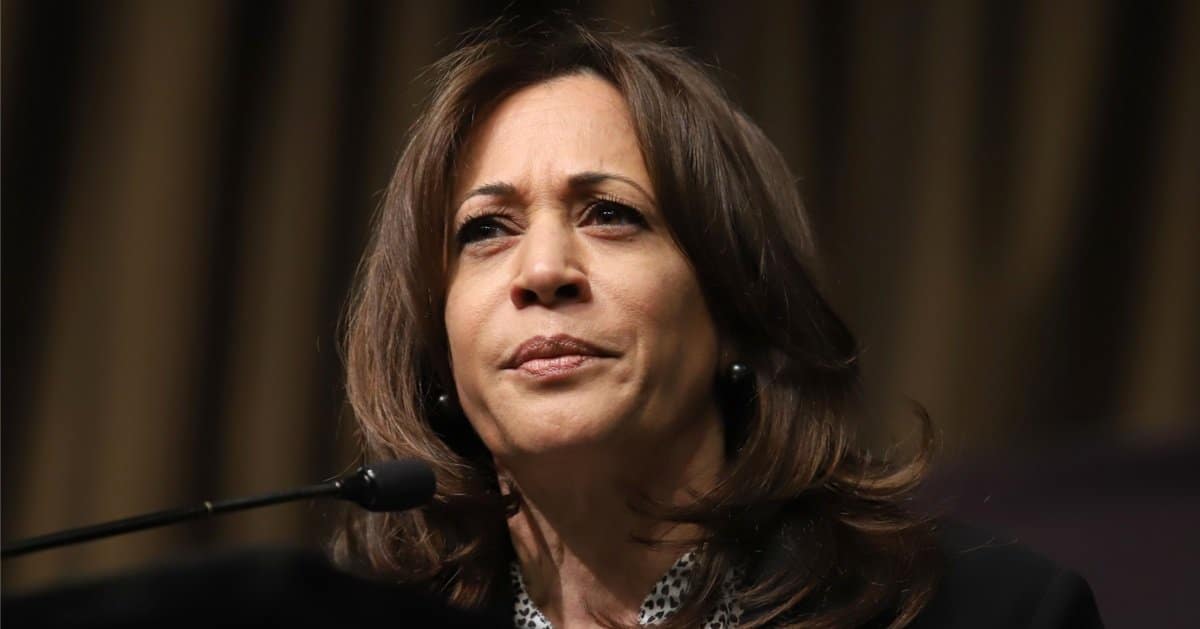




A monumental ruling in U.S. history was made as the Supreme Court, led by Chief Justice John Roberts, granted far-reaching immunity to former President Donald Trump, a decision that enraged Democrats.
CNN reported that this was the first time a Supreme Court verdict involving presidential powers failed to reach unanimity, with the six Republican-appointed justices siding with Trump's immunity, while the three liberal justices dissented.
This case was characterized by a 6-3 split favoring immunity, marking a stark change in the dynamics of the Supreme Court. A notable aspect of the process was that Chief Justice Roberts, known for his institutional approach, made no serious bid to persuade the three liberal justices towards a compromise, indicating a shift in his usual strategies.
In the past, particularly in 2020, Roberts had successfully negotiated compromises in two Trump document cases. However, this case saw a clear departure from this tradition of compromise and negotiation.
The highlights of this shift are even more surprising given Roberts's reputation and experience, he is set to begin his 20th term and is currently 69 years old.
One of the key consequences of this ruling is an expanded scope for presidential power.
This verdict is seen as a significant victory for Trump, strengthening his legal position beyond this specific case.
Despite significant public interest in the case, Chief Justice Roberts did not reply to CNN's inquiries regarding the recent term and the case at hand, adding to the overall mystery and interest surrounding the case.
The roots of this iconic dispute lie in four criminal counts lodged by special counsel Jack Smith against Trump regarding Trump's protest of the 2020 election results.
Despite the contentious atmosphere, the court held steadfast to its usual traditions while drafting their opinions on the controversial matter.
The decision to hear arguments only in late April, however, curtailed the time for negotiations among the justices, adding to the tensions and divisions within the court.
The ideological divide among the conservative and liberal justices played a significant role in the final decision. Chief Justice Roberts's efforts were notably more focused on negotiating with fellow conservatives.
This differing perspective between the factions was succinctly expressed by Chief Justice John Roberts, who said, “We do not have Obama judges or Trump judges, Bush judges or Clinton judges. What we have is an extraordinary group of dedicated judges doing their level best to do equal right to those appearing before them,” stressing the impartiality of the court.
Despite Chief Justice Robert's perspective, the liberal justices — and the public — had a different assessment. Justice Sonia Sotomayor dissenting, stated, “(T)he Court gives former President Trump all the immunity he asked for and more.”
Other liberal justices, on the last day of the session, also vocalized their concerns about the ruling going beyond what was necessary to conclude the case.
In a concurring account, Justice Barrett commented: “the President’s constitutional protection from prosecution is narrow.” This sentiment was echoed by Justice Thomas who joined Robert's opinion, questioning "the constitutionality of the special counsel’s office."
In summation, the Supreme Court's verdict granting immunity to former President Trump, led by Chief Justice John Roberts, has elicited wide-ranging reactions.
The 6-3 outcome, a departure from unanimity typically seen in such high-profile cases, marks a significant change in the court's decision-making approach.
Concerns over the broadened scope of presidential immunity and the conflicting views of conservative and liberal justices further contribute to the controversy surrounding this outcome.
Whatever the implications, one thing is for sure — this ruling will strongly influence the future of presidential powers and the Supreme Court's role in shaping it.



